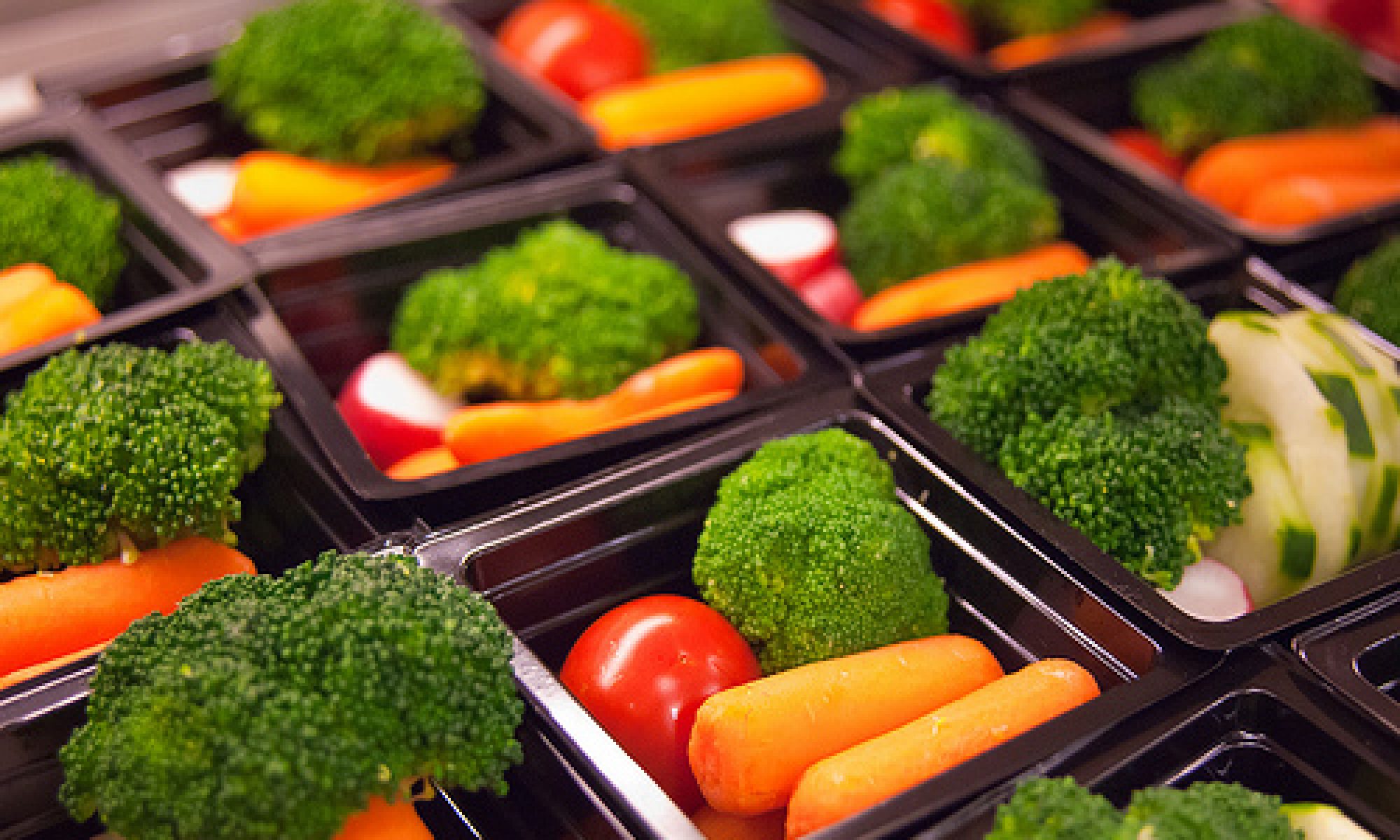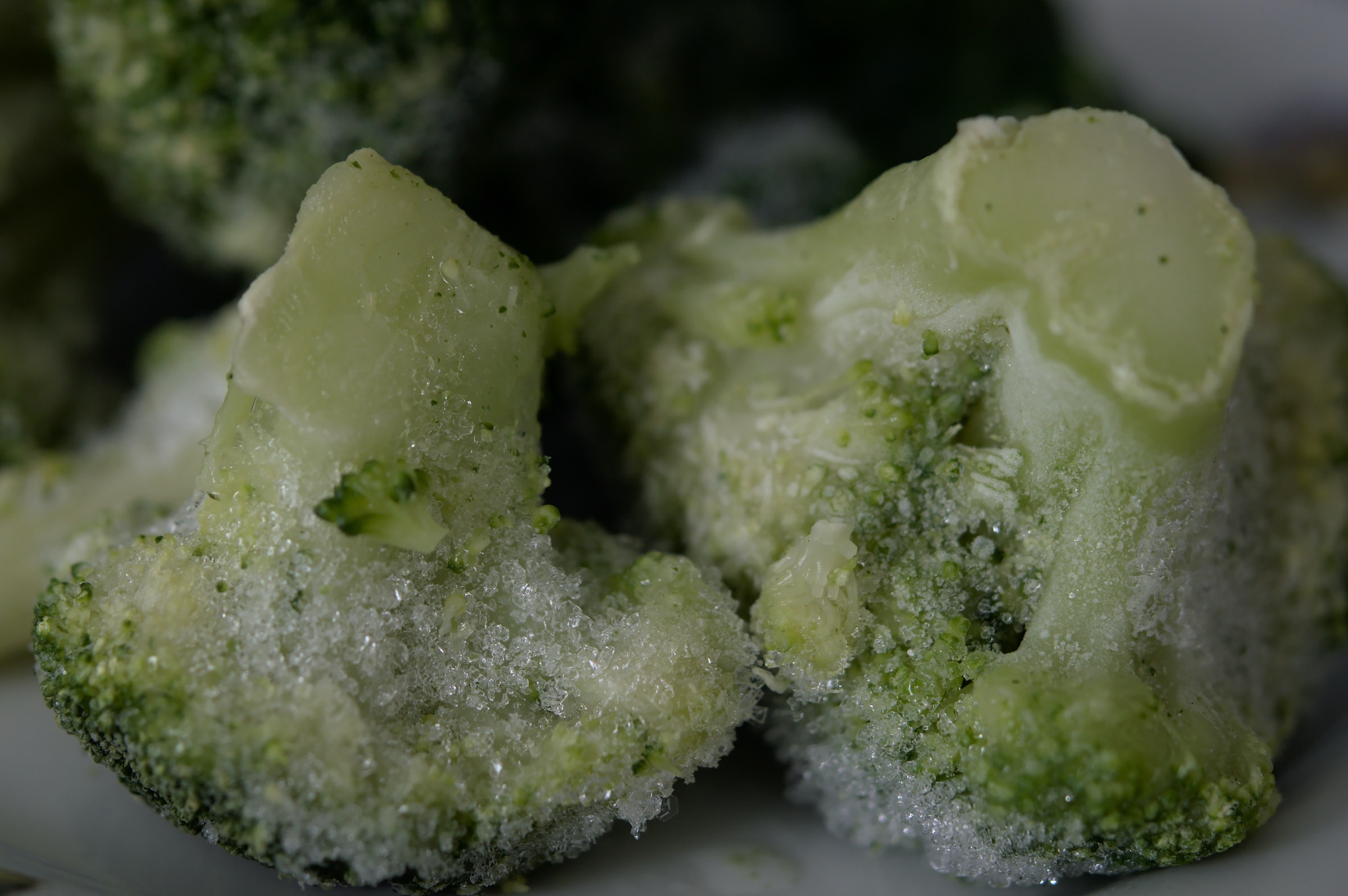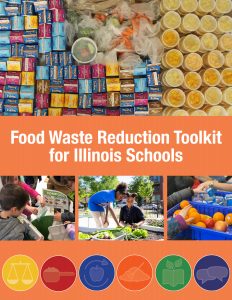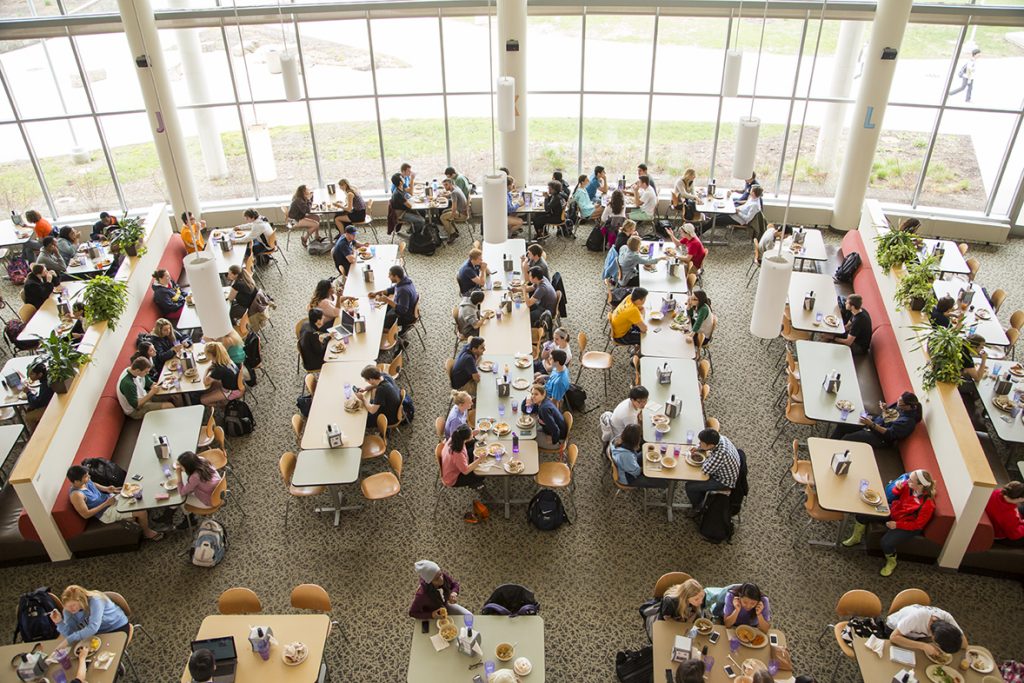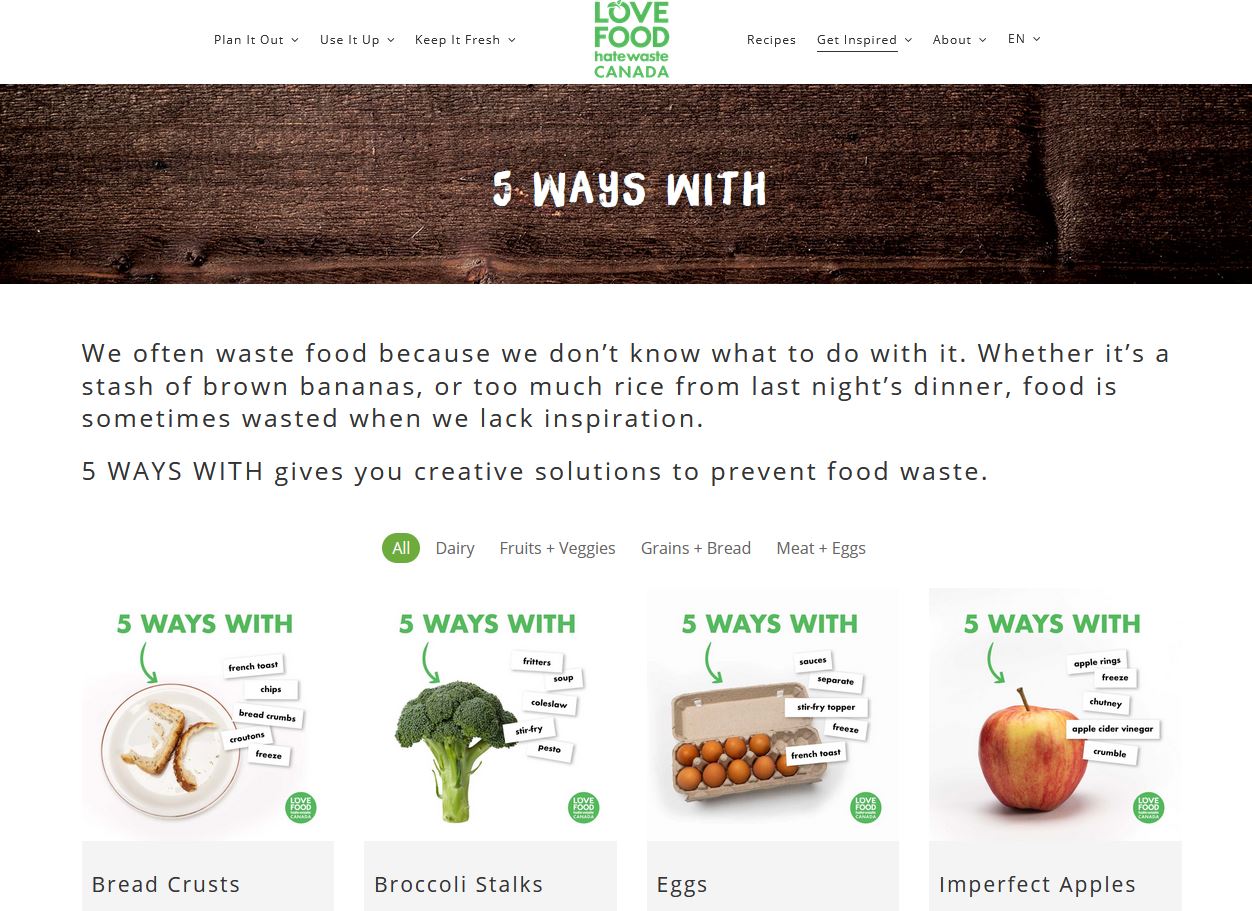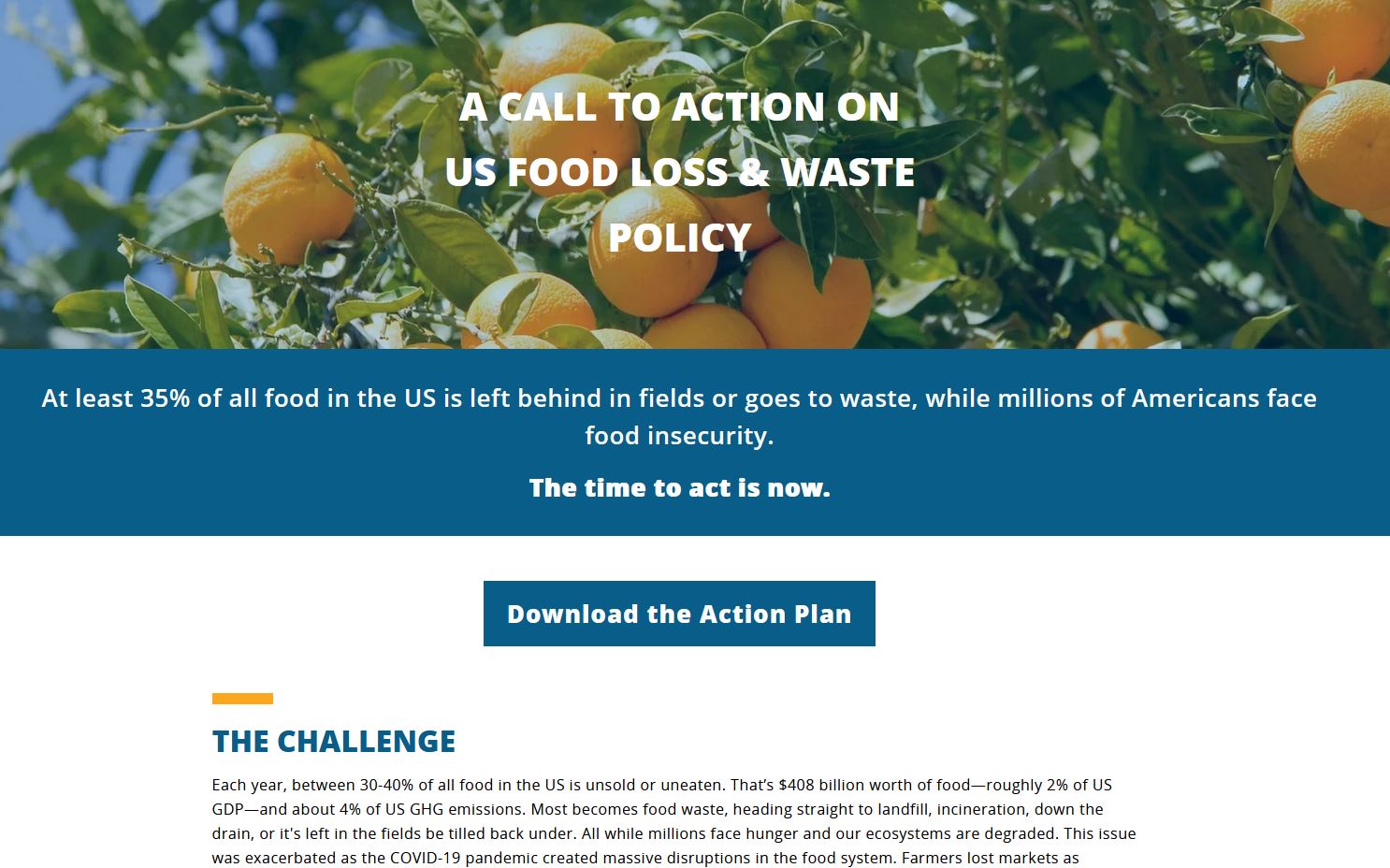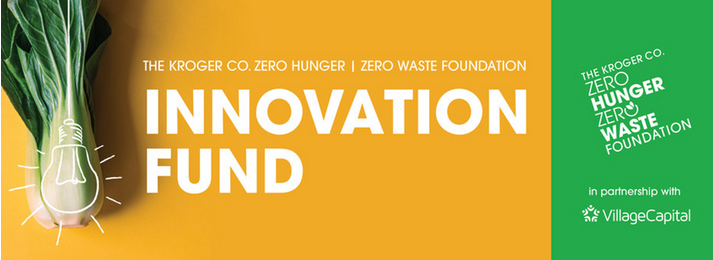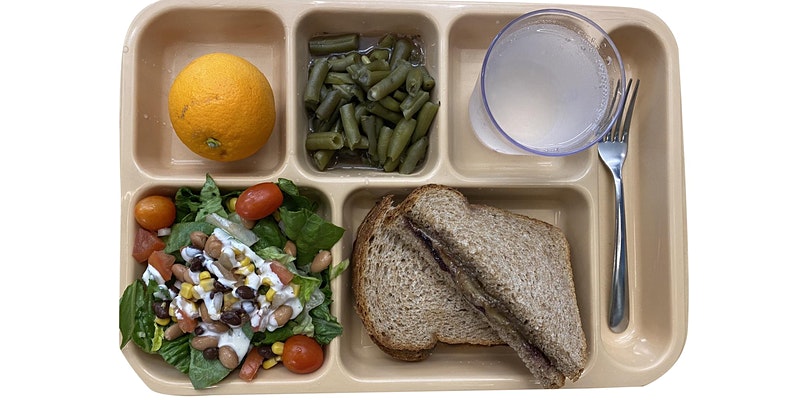Nathalie Basha for Spectrum News 1 recently reported on the use of an on-site in-vessel composting system from Dyrt at Santa Monica’s Fairmont Miramar Hotel. The hotel’s restaurant generates 40-50 pounds of food waste each day. The hotel acquired the composting system in response to California’s SB 1383, which went effect in January 2024. The legislation mandates a 75% reduction of organic waste to landfills by 2025.
Read the full story and watch the associated video at https://spectrumnews1.com/ca/la-east/environment/2024/03/11/fairmont-miramar-hotel-composting-machine. Learn more about Dyrt at https://dyrt.co/.
Esther Hertzfeld reported for Hotel Management on 2/15/24 that two Marriott hotels in Costa Rica had reduced food waste by 25% through the implementation of Leanpath’s food waste tracking system. “This significant pace of food waste reduction results puts the hotels in line to easily meet Marriott International’s Serve 360 corporate-wide sustainability goal of cutting food waste in half by 2025…Leanpath’s food waste tracking devices allow high-production food and beverage operations to understand what food is being wasted and why. Leanpath’s analytics platform identifies high-impact opportunities for food waste reduction and sets automated goals to break a large food waste problem into manageable wins. Most kitchens cut their food waste in half with Leanpath within a year, leading to significant financial and environmental savings, according to the company.”
Read the full story at https://www.hotelmanagement.net/food-beverage/two-costa-rica-hotels-cut-food-waste-25. Learn more about Leanpath at https://www.leanpath.com/.
Also, be sure to check out the new “Hospitality” section of this website for additional resources relevant to this sector!
